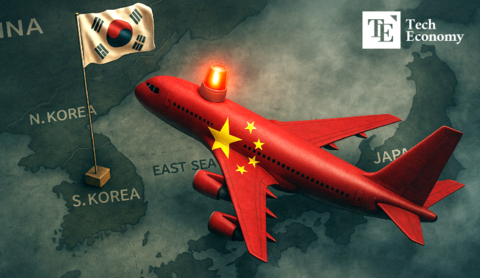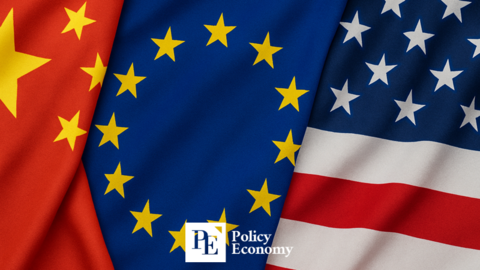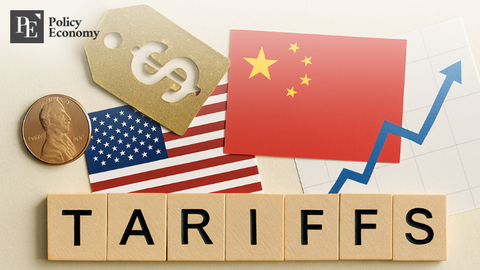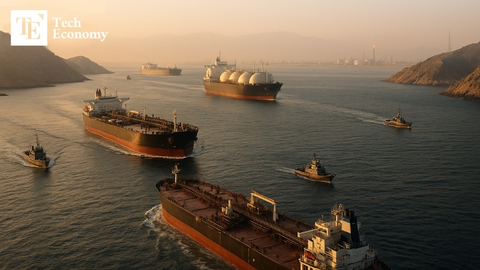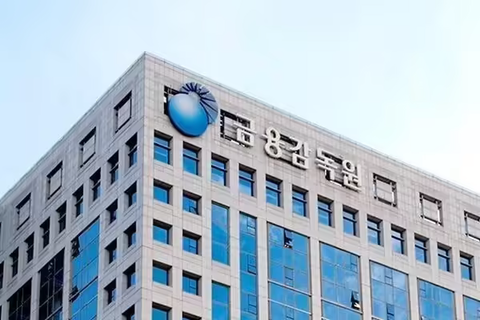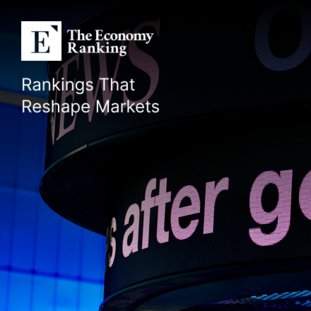Will Hanwha Overturn the Game Made by China? The 'Tandem War' in Solar Power Heats Up
Input
Changed
Hanwha’s Next-Generation Solar Technology Proven Durable Emerging as a Technology to Overcome the Physical Limits of Silicon Cells Competing for Market Leadership with Technologically Proven China
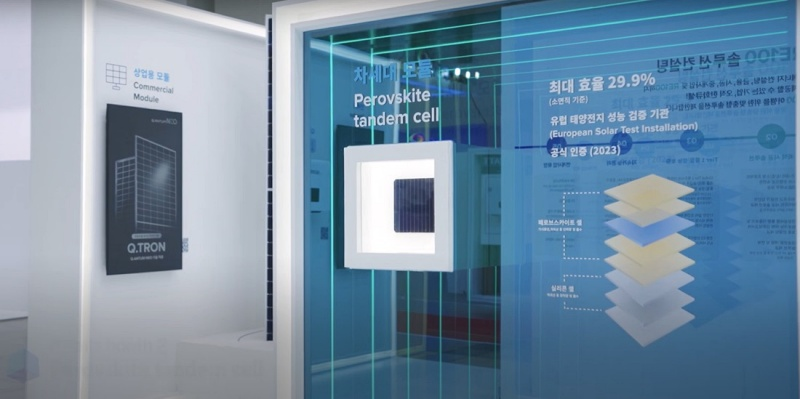
The global solar industry stands on the cusp of a seismic shift, and at its center is a fierce race between two nations — one an undisputed leader, the other a determined challenger. For years, China has maintained dominance over solar manufacturing and innovation, setting the pace with state-backed investments and rapid commercialization. But now, South Korea’s Hanwha Qcells is accelerating its momentum, poised to challenge the status quo with a revolutionary technology: the perovskite-silicon tandem cell.
This next-generation solar innovation, which layers a thin film of perovskite atop a traditional silicon cell, is being hailed as a game-changer. It is not just the potential for higher efficiency that excites the industry, but the promise of transforming how and where solar power can be harnessed. Hanwha Qcells, a division of Hanwha Solutions, is no longer content to play catch-up. Instead, the company is investing aggressively, aiming to leapfrog the competition and take the lead in what some are calling the “tandem war” — a high-stakes contest to dominate the future of solar energy.
Efficiency Breakthroughs: Crossing the Threshold of Silicon’s Limits
The tandem cell technology that Hanwha Qcells is developing builds on a deceptively simple principle: different materials can absorb different wavelengths of sunlight more efficiently. In a tandem structure, perovskite — a high-performance thin film — captures short-wavelength light, while silicon, the traditional workhorse of the solar industry, absorbs the longer wavelengths. This combination allows more of the sun’s energy to be converted into electricity, reducing light loss and elevating energy conversion rates to levels previously deemed unreachable.
Late last year, Hanwha Qcells recorded a significant milestone when its large-area M10-format tandem cell achieved a certified efficiency of 28.6%. That figure is especially noteworthy considering that conventional silicon cells are bound by a theoretical efficiency limit of about 29%. In contrast, the theoretical ceiling for tandem cells reaches a staggering 44%, underscoring the transformative potential of this technology.
These laboratory breakthroughs have been matched by progress in durability and reliability. At Hanwha’s pilot plant in Thalheim, Germany, tandem modules recently passed critical testing conducted by the International Electrotechnical Commission and Underwriters Laboratories in the United States. These certifications verify not only the robustness of the modules but also their readiness for practical application. The industry took notice — and so did investors — as Hanwha Qcells edged closer to commercial deployment.
The implications are far-reaching. By producing significantly more power from the same surface area, tandem cells offer compelling economic and operational advantages, particularly for industrial and utility-scale installations. As power density becomes more important in a world prioritizing clean energy, technologies that deliver more with less space are poised to dominate. Hanwha’s progress has therefore come at a pivotal moment, when the industry is hungry for breakthroughs that can scale quickly and reliably.
Scientific Promise Meets Industrial Challenge
Yet, with every innovation comes complexity. As promising as tandem cells are, they also present challenges that require creative engineering and long-term investment. One of the main hurdles lies in the inherent material differences between perovskite and silicon. Perovskite, when compressed, exhibits a high degree of polarity, whereas silicon and its derivatives, such as silicates, show much lower polarity. This mismatch complicates the bonding process, making it difficult to form a stable connection between the layers using conventional techniques. As a result, engineers must devise additional processing steps and materials to ensure these layers integrate seamlessly.
Durability, too, poses a serious concern. Because of the way tandem cells are structured — with light passing from the top layer to the bottom — any damage to the perovskite layer can render the entire cell nonfunctional. If light cannot reach the silicon layer below, electricity cannot be generated. Making matters worse, once damage occurs, the integration of layers makes it difficult to salvage or repair the cell. In many cases, the entire module must be discarded, which could lead to high replacement costs and economic loss if these failures occur on a large scale.
However, the flip side is equally compelling. Tandem cells equipped with perovskite offer more consistent energy production under fluctuating temperatures and changing sunlight conditions. Unlike silicon-only cells, which can struggle in extreme heat or cloudy environments, tandem configurations provide stable performance across diverse climates. This reliability makes them ideal for regions with unpredictable weather or high solar intensity — regions that are often underserved by current technologies.
Hanwha Qcells is betting that the trade-offs are worth it. The company’s engineers and researchers are working across international facilities to resolve these challenges, refine the materials, and streamline the production process. The belief driving this effort is clear: whoever solves these challenges first will define the future of solar energy.
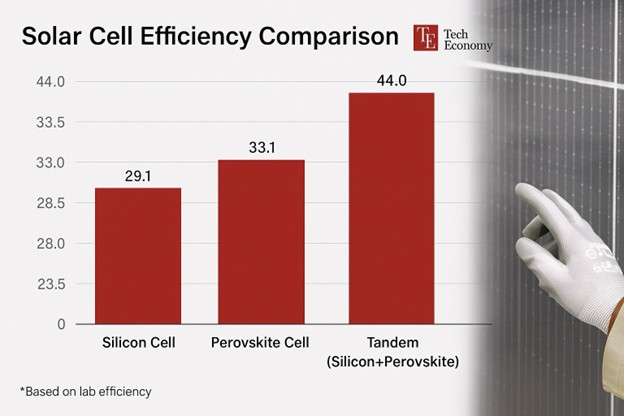
The Commercial Race: Hanwha’s Push to Dethrone China
While South Korea sharpens its technological edge, China has already established itself as the powerhouse of solar manufacturing. With massive state-directed investments, Chinese companies have built pilot lines, tested advanced modules, and pushed aggressively toward commercialization. The most visible symbol of China’s lead is LONGi Solar, the country’s largest solar firm, which recently set a global record with a 34.85% efficiency rate for its tandem cell. This figure, independently verified by the U.S. National Renewable Energy Laboratory, positions LONGi as a frontrunner in the international race.
Korea, by comparison, has often been perceived as trailing just behind — highly capable in research and development but slow to bring innovations to market. Hanwha Qcells is challenging that perception with a strategic shift. Determined not to be left behind, the company is investing heavily in domestic and global production capabilities. Its facilities in Jincheon, South Korea; Thalheim, Germany; and Pangyo are now operating in coordinated unison, accelerating the path from laboratory to assembly line.
The numbers tell the story of commitment. In 2025, Hanwha Qcells plans to spend KRW 623.2 billion — approximately USD 460 million — on new equipment and facility upgrades. Of that, KRW 136.5 billion, or around USD 100 million, will go directly into expanding the tandem cell production line. These are not token investments; they are the foundation of a national and corporate ambition to claim leadership in a field once ceded to others.
CEO Hong Jeong-kwon has made it clear that Hanwha Qcells is playing for keeps. If tandem cells truly become the “game-changer” many believe they are, then the company intends to be the first to mass-produce them successfully and lead the market on a global scale. The goal is not just technological superiority, but commercial dominance — and through it, a reshaping of the world’s clean energy map.
In what is increasingly being called the “Tandem War,” Hanwha is no longer a silent observer. It has stepped into the arena with force and intention, prepared to challenge the old order and change the dynamics of global solar leadership. Whether it can overturn China’s lead remains to be seen, but one thing is certain: the game is no longer China’s alone.

